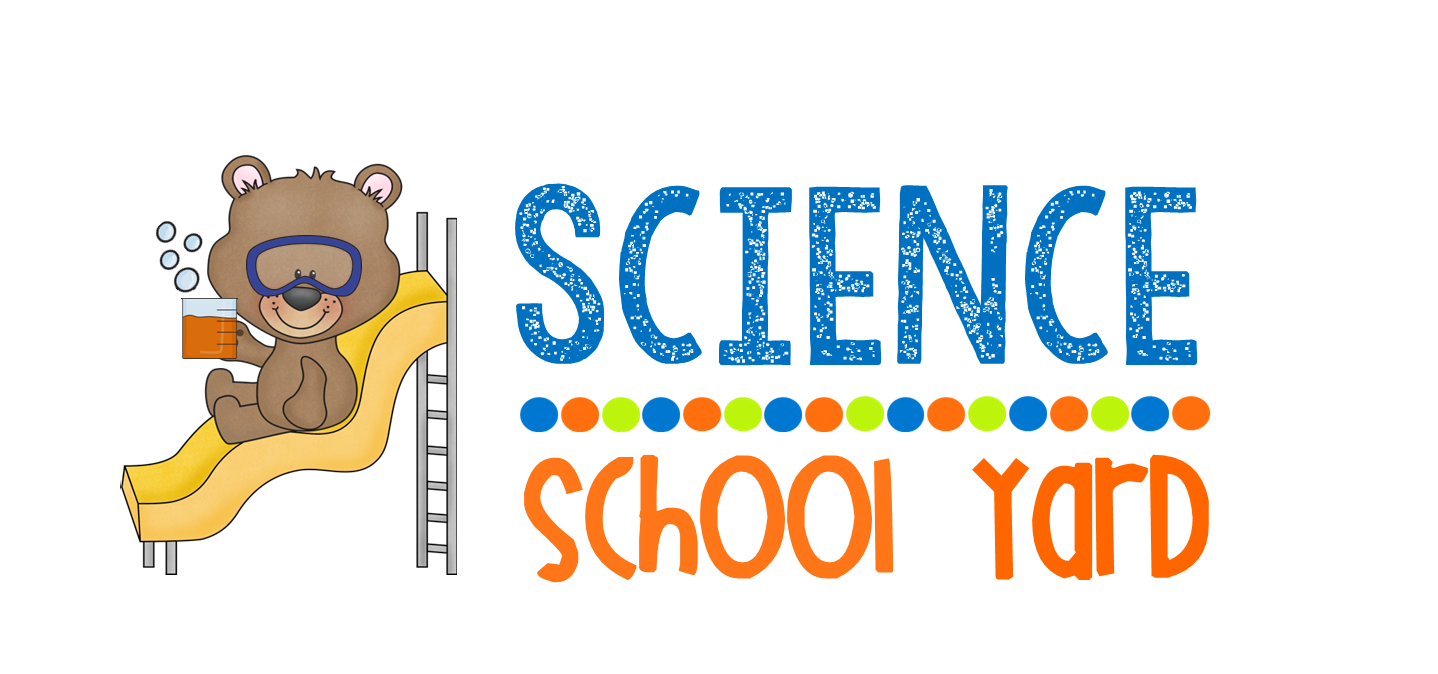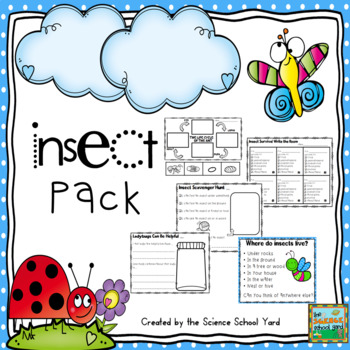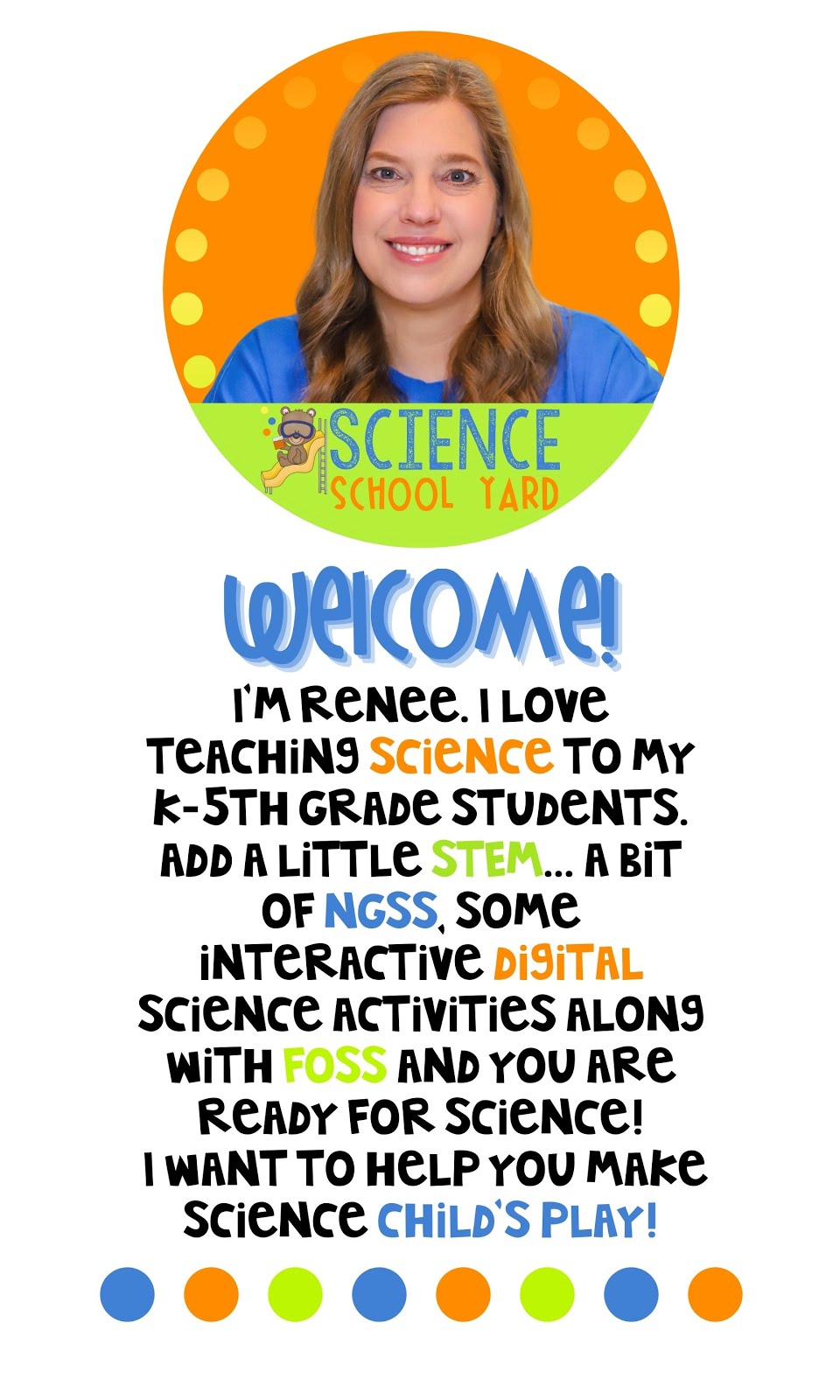Amazon Prime Day starts today and will continue until through tomorrow. That’s 2 days of awesome savings! Have you heard about Amazon Prime Day? It’s a huge sale at Amazon with savings on 100,000+ items.
It’s bigger than Black Friday for Amazon and I know they’ll be lots of savings on craft products and supplies. This year, I’ll be watching the deals for everything TEACHER related and updating this post with my latest finds. I use these for my STEM stations and Science lessons so when I can get a deal, I am all for it!
It’s bigger than Black Friday for Amazon and I know they’ll be lots of savings on craft products and supplies. This year, I’ll be watching the deals for everything TEACHER related and updating this post with my latest finds. I use these for my STEM stations and Science lessons so when I can get a deal, I am all for it!
I've been sorting through the deals and have put together a list that I have here at this link:
Elmer's Disappearing Purple School Glue, Washable, 30 Pack, 0.24-ounce sticks
EXPO Low Odor Dry Erase Markers, Chisel Tip, Assorted, 16 Count
AmazonBasics Pre-sharpened Wood Cased #2 HB Pencils, 150 Pack
Astrobrights Color Paper, 8.5” x 11”, 24 lb/89 gsm, “Brights” 5-Color Assortment, 500 Sheets (99608)
Canon PIXMA MG3620 Wireless All-In-One Color Inkjet Printer with Mobile and Tablet Printing, Black under 45.00
Onepine 260 Pieces 2.5cm Pom Poms Balls for Craft DIY Creative Crafts Decorations and Hobby Supplies, Assorted Colors (2.5 cm / 1 inch)
Get them while they are still on sale! I will continue to find some great deals and send them your way!
EXPO Low Odor Dry Erase Markers, Chisel Tip, Assorted, 16 Count
AmazonBasics Pre-sharpened Wood Cased #2 HB Pencils, 150 Pack
Astrobrights Color Paper, 8.5” x 11”, 24 lb/89 gsm, “Brights” 5-Color Assortment, 500 Sheets (99608)
Canon PIXMA MG3620 Wireless All-In-One Color Inkjet Printer with Mobile and Tablet Printing, Black under 45.00
Onepine 260 Pieces 2.5cm Pom Poms Balls for Craft DIY Creative Crafts Decorations and Hobby Supplies, Assorted Colors (2.5 cm / 1 inch)
Get them while they are still on sale! I will continue to find some great deals and send them your way!
In order to take advantage of any of the deals, you need to be a Prime Member. If you aren’t a member of prime, you should be! I love Amazon Prime. I use it all the time (probably more than I should) and recommend you try it, too. You can sign up for a 30 day free trial of Prime and get access to all of the Prime Day savings. To try it for free, just click this link to sign up (and get access to the great Prime Day deals).
Happy shopping! If you find great deals, share them here and I will link them up for everyone!
Happy shopping! If you find great deals, share them here and I will link them up for everyone!
This post contains some affiliate links for your convenience (which means if you make a purchase after clicking a link I will earn a small commission but it won’t cost you a penny more)! Read my full disclosure policy.
T
















































